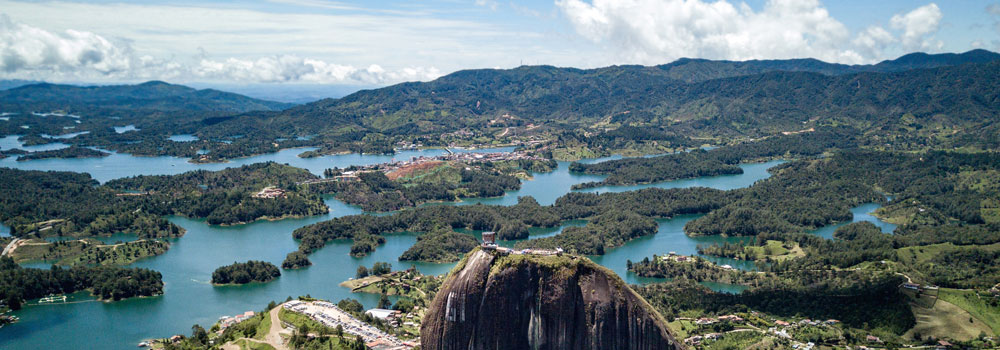Colombia’s full of surprises and most of them work in favour of fantastic family holidays whether you want Caribbean islands and beaches; great colonial cities; tropical jungle; Pacific coastline or climbing in the Andes.

Some rugged adventures are better for older kids and teenagers, but children of all ages are warmly welcome everywhere in this friendly South American country.
Direct flights from the UK to Bogota take roughly 11 hours. Bogota has daily flights to San Andres, Providencia, Cartagena and several other cities and regions. San Andres and Providencia are Colombia’s beautiful Caribbean islands, less than two hour’s flight from Bogota.
Cuidad Perdida ‘Lost City of the Tayrona’ is in the Sierra Nevada Santa Marta and the site is known as, Colombia’s Machu Picchu.
Colombia has 41 National Parks including: Las Hermosas in the Central Andes and Tayrona in the Caribbean.
There are eight UNESCO World Heritage sites in Columbia including Cartagena’s Walled City and the Coffee Landscape of the western Cordillera de los Andes.
Colombia has Caribbean and Pacific Coasts. The Caribbean’s best for beach resorts and the Pacific has most eco-tourism and outdoor adventure.
Public transport and official taxis are the best way to get about cities like Bogota, Cartagena and Santa Marta. Self-drive in Colombia isn’t a good idea with kids: the roads in remote regions can be poor or difficult to navigate and there are high levels of crime in some areas.
Flights from Bogota to most other cities and the Caribbean coast and islands are inexpensive and frequent. There are also several tour operators specialising in family holidays and most include transfers and transport in packages.